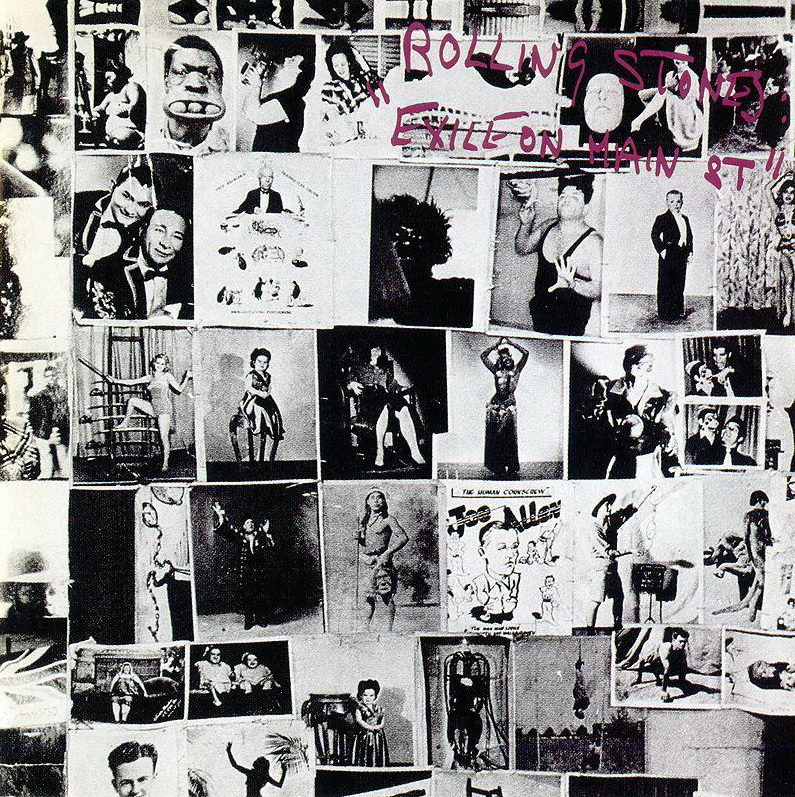10 Iconic Album Covers by Photographer and Director Norman Seeff
Joni Mitchell, Carly Simon, James Taylor and more
I met Norman Seeff in 1997, when I was just beginning to carve out my place in the advertising industry. I flew from Chicago to Los Angeles to meet him at his studio. The moment I walked in, well, it was love at first sight. His artistry was everywhere—larger-than-life. But Norman himself was something else entirely. He was magnetic, yet humble; a visionary, yet deeply approachable.
We shared a creative vision for his commercial work. Norman’s gift was his ability to capture raw, unfiltered authenticity that translated into award-winning campaigns, both scripted and unscripted. I worked as his agent. Over time, we became more than just business. We became family.
Norman gradually stepped away from traditional commercial directing in the early 2000s but never stopped photographing icons, musical artists, disruptors, celebrities and more. As he celebrates his 50th anniversary as a still photographer, here are 10 of his most celebrated works.
The Rolling Stones
Exile on Main Street (1972)

Exile perfectly captured the band’s rebellious spirit. Rather than staging a polished portrait, Seeff curated a chaotic collage of vintage photographs, echoing the gritty, outlaw energy of the Stones’ music. The black-and-white imagery, featuring carnival performers, drifters and outsiders, mirrored the album’s themes of excess, exile and rock ‘n’ roll defiance. It wasn’t just an album cover—it was a statement, visually embodying the rough, ragged sound that made Exile one of the greatest rock records of all time.
Joni Mitchell
Hejira (1976)

The cover mirrors the album’s introspective and poetic notions, showcasing Seeff’s gift for portraying vulnerability and depth in a single frame. The sleeve became iconic not just for its visual beauty, but because it embodied Mitchell’s move toward greater personal and creative independence, marking a pivotal point in her career.
Carly Simon
Playing Possum (1975)

Playing Possum became one of the most provocative and iconic images of Simon’s career. The cover features Carly confidently posing in a black bodysuit and knee-high boots, exuding a bold sensuality that was empowering and controversial at the time. Seeff’s photography captured her defiant self-assurance, challenging traditional notions of how female singer-songwriters were expected to present themselves. The image sparked conversation and some backlash, but ultimately solidified Simon’s status as an artist unafraid to push boundaries. For Seeff, it showcased his ability to transcend album art and create a cultural statement.
Ray Charles
Genius Loves Company (2004)

Ray Charles’ final studio album captured the profound depth and soul of a legend at the end of his journey. This collection of duets celebrated Charles’ legacy, and Seeff’s imagery reflected that beautifully.
James Taylor
In The Pocket (1976)

In the Pocket was brilliantly conceived, not just as a striking portrait but as a clever visual composition. On the front cover, James Taylor from behind. Then, on the back cover, we see James in the exact same pose—but Taylor faces the viewer, holding his jacket open to reveal a t-shirt, effortlessly cool, creating a seamless, almost cinematic moment that feels playful and introspective. This mirrored perspective added depth to the design, subtly reflecting the album’s themes of duality and personal storytelling.
Art Garfunkel
Breakaway (1975)

Taken at the iconic Dan Tana’s Restaurant in Hollywood, the image captures a moment of quiet tension and intrigue. Beyond its visual appeal, the cover subtly reflects an album filled with themes of love, longing and transition. Laurie Bird, Garfunkel’s real-life partner, adds a personal layer to the image, while actress Helena Kallianiotes, known for her enigmatic presence, brings an edge of unpredictability.
Blondie
Eat To The Beat (1979)

Seeff’s Blondie cover features a striking portrait of Debbie Harry with two band members, exuding confidence and allure. Her powerful image dominates. Seeff’s ability to capture Harry’s persona helped cement her status as an icon of style and substance, making the cover synonymous with the ’70s music scene. Shot in New York’s historic Chelsea Hotel, Seeff ended up shooting Debbie and the band from the balcony outside one of the Chelsea’s apartments. (RIP Clem Burke.)
Rickie Lee Jones
Rickie Lee Jones (1979)

This dreamy, contemplative photograph captures the intimate and jazz-infused tone of the record and Jones’ complex persona. It’s an indelible image of the singer that has stood the test of time.
Van Halen
Women And Children First (1980)

The energy of this shot conveys the vibe of Van Halen at the time: raw, unpredictable and ready to explode into superstardom. It became a snapshot of an era, a piece of pop culture history and a symbol of the band’s rock ‘n’ roll ethos. Seeff’s image makes it clear: the chemistry in this group was electric.
Willie Nelson
Somewhere Over The Rainbow (1981)

The cover features a relaxed portrait of Willie Nelson, capturing his rugged yet gentle character. Seeff focused on subtlety rather than spectacle. The portrait evokes a sense of nostalgia and timelessness, underscoring the album’s themes of honoring musical traditions while bringing Willie’s own unique artistry into the mix.
Art of the Album is a regular feature looking at the craft of album-cover design. If you’d like to write for the series, or learn more about our Clio Music program, please get in touch.



 Events
Events